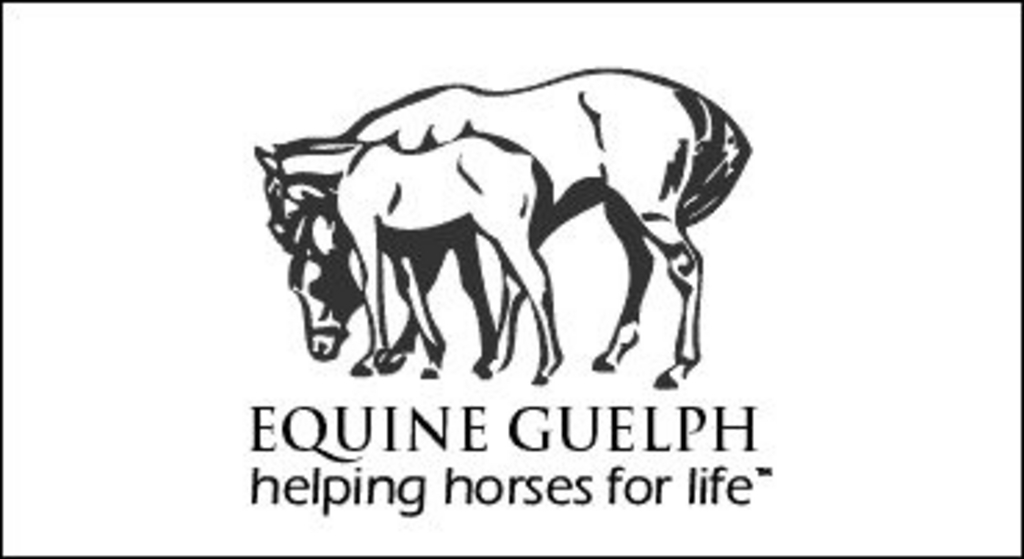
When Equine Guelph launched its new Mare & Foal Care Tool, the how-to videos received great feedback as tools to prepare owners for the expected and unexpected.
The Mare & Foal Care Tool was designed and developed in partnership with PFERA, an equine reproductive biotechnology company, as a resource for horse owners and breeders.
Tracey Chenier, equine reproductive specialist at the Ontario Veterinary College, is featured in both videos and provides important advice that might make the difference in having a live foal. “Mare owners should know the signs that predict foaling is close, and what normal foaling looks like,” says Chenier. “That way you can be there when your mare is foaling to be sure everything is going well."
The first video outlining the predictive signs of foaling, includes physical changes to watch for in the last few weeks and days leading up to the delivery. Guidelines on milk testing are also discussed as it pertains to predicting when the foal will arrive.
The second video shows a normal delivery of a foal and goes over situations that require veterinary intervention. Chenier guides you through the amazing video of a mare going through the three stages of labour: contractions, expelling the foal, expelling the placenta.
Even if the veterinarian was not present at delivery, they should check the mare and foal within a day of foaling. Chenier explains, “This is to ensure the mare has not suffered any complications, and that the foal is healthy and has received enough colostrum.”
Some fun facts featured in the Mare & Foal Care Tool videos include:
-
The mare's contractions typically last one to two hours, but can last up to six.
-
Once the water breaks, the foal is usually delivered within 10 to 20 minutes.
-
The placenta is expelled within one to three hours after foaling.
More reasons to visit the free online tool is to access the handy foaling checklist poster and the mare and foal checklists that go through the needs of both, before, during and after pregnancy. There is even a ‘pregnancy wheel’ where you can punch in the conception date and then go through the interactive module following the journey of how the foal develops and what is needed at each stage of development.
It is a great package to prepare anyone for the pitter-patter of little hooves!
To learn more about equine reproduction and the preparation that starts before breeding and goes all the way to the delivery of a healthy foal, check out the Mare & Foal Care Tool.
(Equine Guelph)

